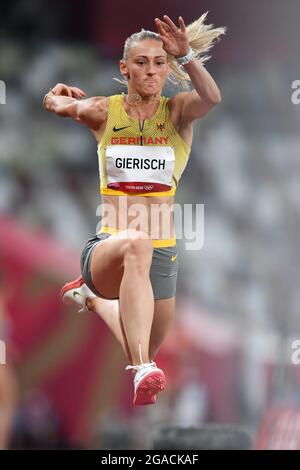
The planning and preparation undertaken by elite athletes for events in hot and/or humid conditions typically include periodized environmental training practices such as heat acclimation (repeated heat exposures within a heat chamber or heated room) and acclimatization (living and training in a natural similar environment to the competition), and in some cases passive heat exposure (passive heat acclimation), achieved via sauna bathing or hot water immersion in either an intermittent or continuous approach ( Périard et al., 2015 Mujika et al., 2019 Racinais et al., 2019 Saunders et al., 2019). It has been well established that the performance of elite endurance athletes is compromised in hot environments and it is therefore important for athletes to prepare for endurance events in environmentally challenging conditions ( Guy et al., 2015). Therefore, in Sapporo, altered event start times were implemented, to reduce risks of heat-related illness, based upon historical weather data ( Takayama et al., 2020 Seo and Honjo, 2021).

Further, even after the events were relocated, the risk of heat illness remained due to the potential for athletes’ exposure to substantial thermal load in Sapporo. Race venues were changed from Tokyo to Sapporo, given that ambient temperature in Sapporo is typically lower than in Tokyo. In response, the International Olympic Committee adopted countermeasures for race walking and marathon events ( International Olympic Committee, 2019).

It was projected that the Tokyo Olympic Games would expose athletes to the most challenging climatic conditions ever observed in the history of the modern Olympic Games ( Szubski, 2016 Racinais and Ihsan, 2020).


 0 kommentar(er)
0 kommentar(er)
